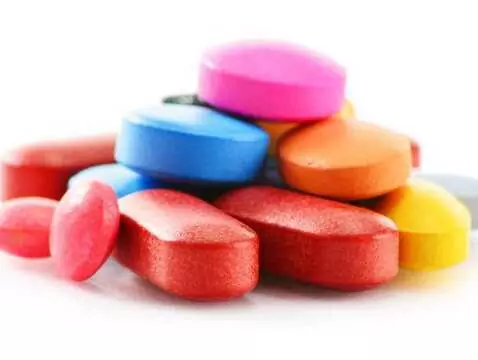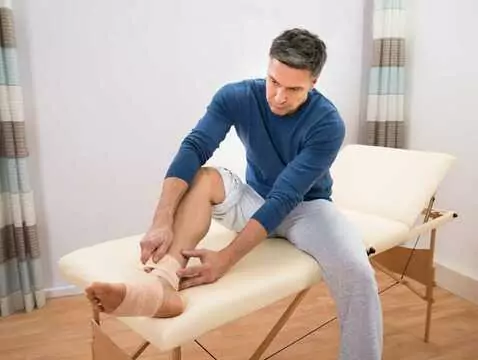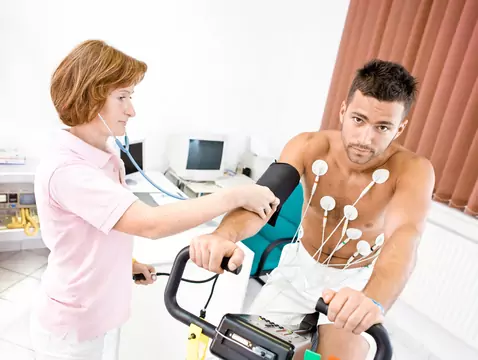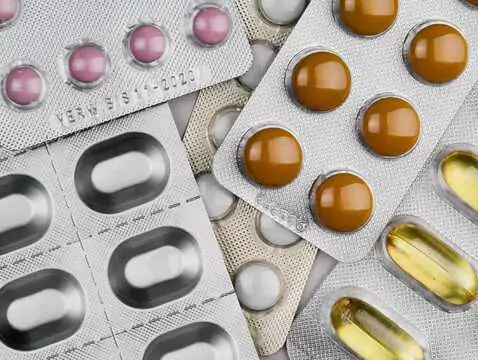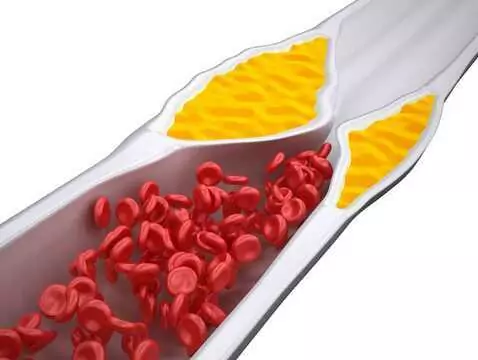Vascularprostheses are most commonly used during surgery on arteries (rarely veins); they are made of plastic and resemble a tube in shape. They play a very important role, which is why new, effective and reliable vascular prosthesis materials are constantly being sought. What are Austrian researchers currently working on?
Ad:





